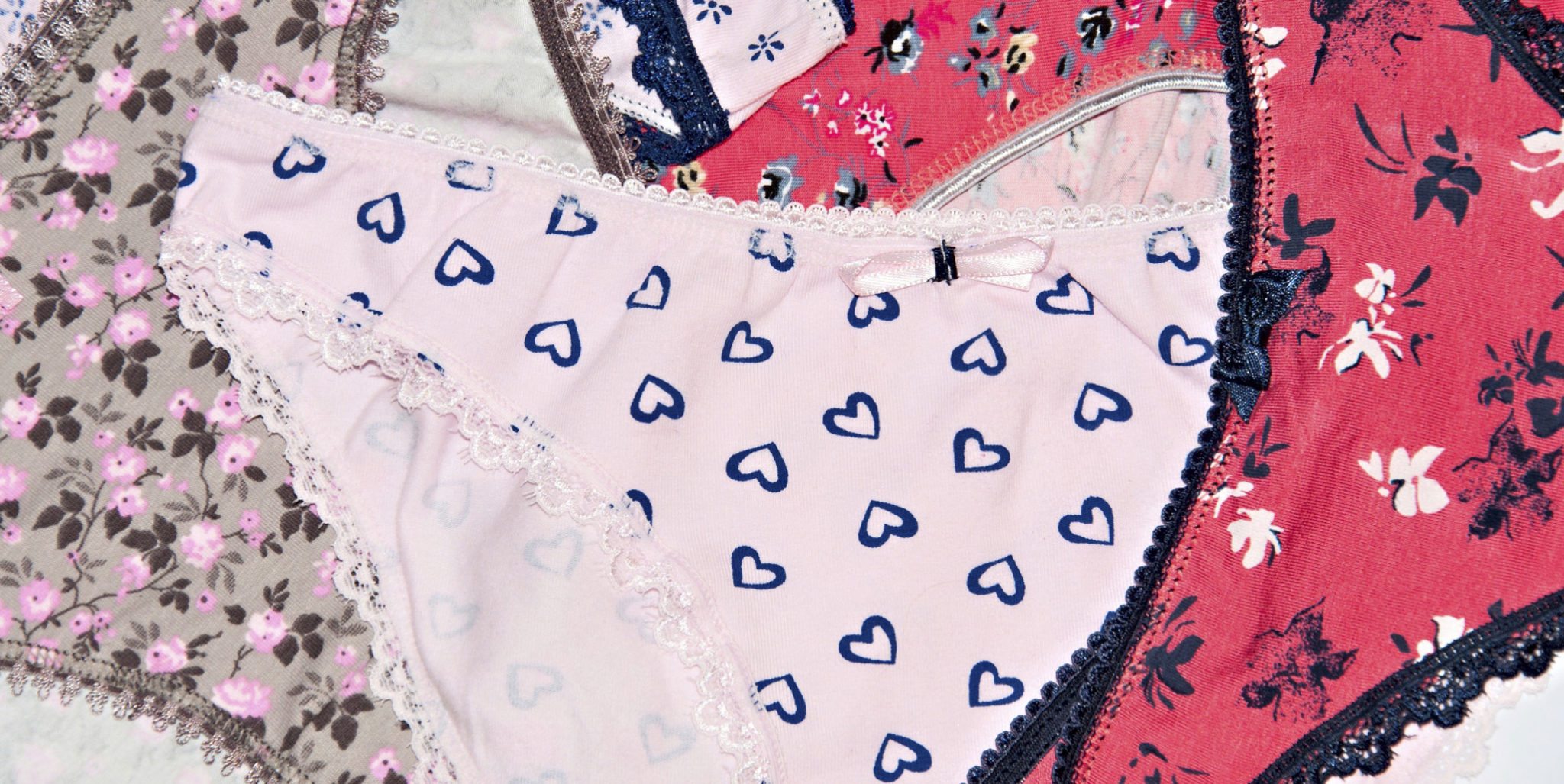A few years ago, intimates were fun and fresh and colorful and then… nothing changed. It seems consumers are finding the category a little ho-hum. However, there are some bright spots, especially in the better end of the business.[quote]
“The short answer for why this happened,” explains The NPD Group’s Marshal Cohen, chief industry analyst, “is a lack of new and exciting merchandise. A lack of innovation.”
And the longer answer?
“It’s comes down to the casualization of America,” he says. “When the younger market started wearing pajamas and sweats as everyday wear, and activewear kicked into high gear, you’d think they’d still need to wear underwear and bras — but they don’t. We’ve seen a major change in the way people wear clothes and that’s led to a drop off in this category.”
The U.S. intimates market had sales of $10.7 billion in the 12 months from December 2013 to November 2014, a decrease of 2% from the previous year’s sales of $10.9 billion, according to the The NPD Group, Inc./Consumer Tracking Service. The NPD Group describes the total intimates market as including bras, panties, daywear, and shapewear.
The majority of female consumers (59%) say shopping for underwear is “okay, but it’s not my favorite,” according to the Cotton Incorporated 2014 Intimate ApparelSurvey. Just 26% of women say underthings are the “core of my wardrobe and I enjoy shopping for them,” and 8% say it’s their favorite apparel item to buy. Meanwhile, 6% say they “hate” shopping for it.
The clear majority of women (76%) purchase new underwear to replace worn out pairs, according to the Monitor™ data. After that, they’re buying it because they have a coupon or see a sale (30%), or they just wanting something new (29%).
Cohen says this absence of anything new and exciting has turned intimates mainly into a replenishment business, as opposed to a category that women rebuild to keep up with trends.
One area that has performed better than others is the better bra business. The NPD Group, Inc./Consumer Tracking Service reports bras over $40 represent 22% of total bra sales and they’re continuing to gain share on the under $40 segment. While younger customers might be eschewing intimates, Cohen says the older customer is willing to invest in a higher quality bra.
Cora Harrington, founder and editor-in-chief of The Lingerie Addict, says cotton has an innate reason that could allow it to capture more of the high-end business.
“In the luxury lingerie category especially, you’re appealing to customers who value high quality merchandise and who want to hear the story of the brand,” Harrington says. “There’s a much better story in the idea of a 100% cotton chemise than there is in a polyester or rayon one. Cotton also has a certain reputation as a lingerie fiber – naturalness, lightness, breathability, washability, etc. – that doesn’t translate as well to other lingerie fibers. From a marketing angle, cotton resonates as a story.”
Among women, more than 1 in 2 (54%) are “very or somewhat concerned” that their intimates may be made from manmade fibers, according to Monitor™ statistics. When compared to underwear made from manmade fibers, about 7 in 10 women say cotton underwear is the most sustainable (76%), softest (77%), comfortable (79%), and breathable (69%). Women seek out cotton panties, too, with fully 80% saying they buy cotton and cotton blended underwear most often.
Harrington says the kind of cotton that’s suitable for intimates is going to be a higher-grade fiber.
“In addition, a lot of customers, particularly in America, likely grew up wearing cotton underwear, so there’s a bit of nostalgia or a sense of returning home when you wear it,” she says. “You don’t have that same emotional association to, say, silk. For customers who really want it, no other fiber will do. So I believe cotton will always have a place in intimates.”
Some of the better intimate brands that include cotton in their assortment include Ten Undies, Foxers, Calvin Klein, Agent Provocateur, Aubade, Hanro, and Zimmerli.
Cohen says the good news for the business is bras and panties are “fairly perishable,” so consumers need to replace them more regularly than other areas of their wardrobes. The largest percentage of women (35%) shop for new underwear every 2-to-3 months, followed by twice a year (32%), once a year (17%), and once a month or more (9%), according to the Monitor™ survey.
Innovation, Cohen states, could help spur the shopping cycle.
“Until the market comes in with new and exciting product to drive growth, all we’ll do is maintain the same level of sales,” he says. “There are going to be a couple of brands that recognize the need to shake things up and differentiate from each other. I don’t expect to see any new product in stores until mid-2015, so it could be fall before we see any freshness getting back into the mix. But I expect it will come. Intimates have been one of the most innovative categories for a while.”
